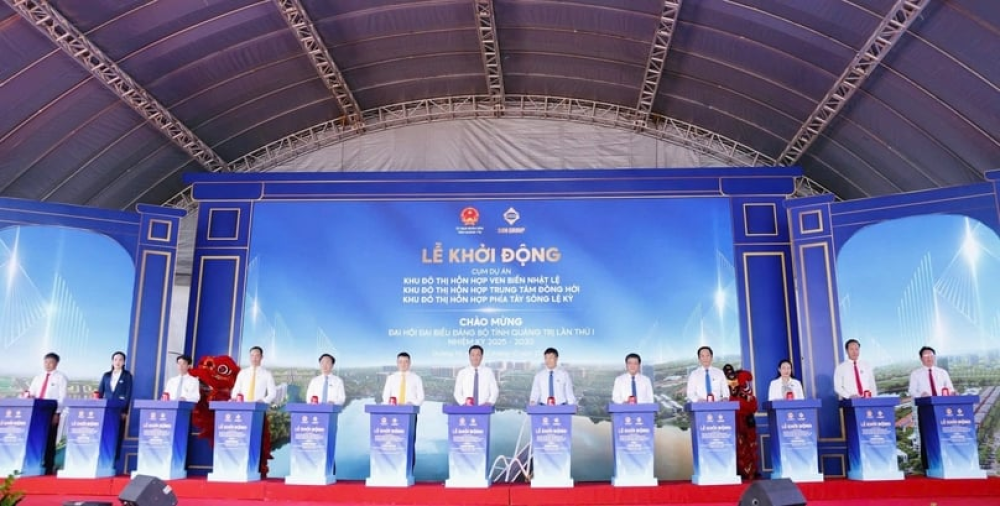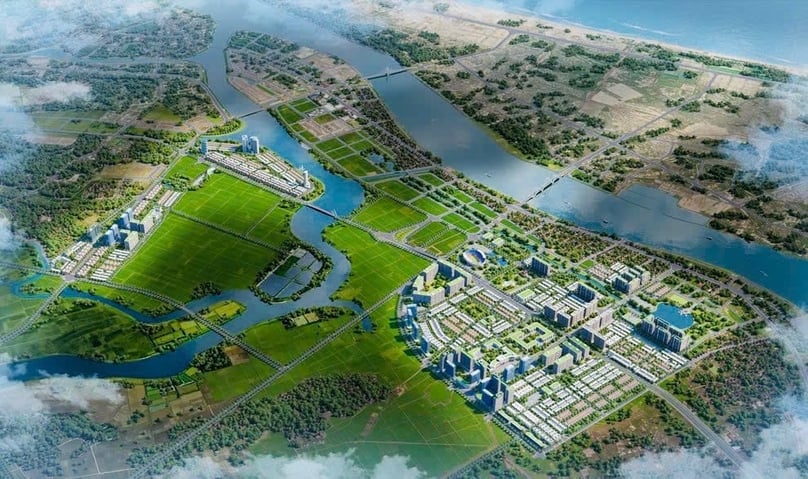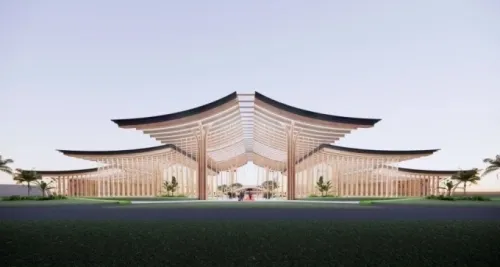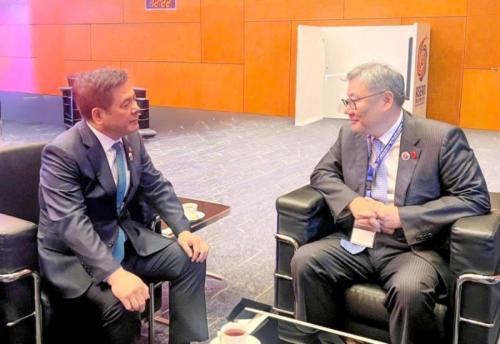Sun Group breaks ground on $1.4 bln urban area projects in central Vietnam
Sun Group, one of Vietnam’s largest real estate developers, has begun construction on three major urban complexes in the central coastal province of Quang Tri, with a combined investment of over VND38 trillion ($1.44 billion).
Deemed as the province’s largest-ever property development, the projects span 780 hectares and comprise the Nhat Le coastal urban complex, the Dong Hoi mixed-use development, and the Le Ky riverside project.
Situated within the Phong Nha-Vung Chua-Nhat Le tourism triangle, the developments will have direct links to Dong Hoi airport, the national railway, National Highway 1A, and the Ho Chi Minh Road.
The Nhat Le coastal project will cover 276 hectares with an investment of over VND12.5 trillion ($474 million), featuring beachfront properties near Quang Phu sand dunes and one of Vietnam’s top 10 beaches. Sun Group said it plans to turn the site into a hub for luxury resorts and entertainment.
The Le Ky riverside complex will span 291 hectares and cost VND13.9 trillion ($527 million). Plans include high-end residential areas, retail and cultural centers, entertainment facilities, and a theme park.

At Thursday’s groundbreaking ceremony, provincial People’s Committee chairman Tran Phong said the projects represent a turning point for Quang Tri, boosting urban development, tourism and services, and positioning the province as a growth driver for north-central Vietnam.
In June, Quang Tri merged with neighboring Quang Binh – home to Son Doong, the world’s largest cave – to form the new Quang Tri province, which borders Ha Tinh province, Hue city, Laos, and the East Sea.
Quang Tri was on one of the fiercest military demarcations in the world, known as a "bomb bag", a "land of fire" or a "dead coordinate" due to the terrible destruction by US bombs.
Quang Tri today is emerging as a bright spot in the central region and especially in the East-West Economic Corridor (EWEC) in terms of potential for tourism development, renewable energy, and connecting international trade with the aim to become a logistics service center in the region.
Source: Hai Yen





